All Bend Biomedical target diseases are highly prevalent (at least 100,000 cases per year) and preventable or curable. Medicines are labeled in the appropriate language for their intended use. Tablets and soft gel capsules are packaged in blister packs.
All of these medications face global supply shortages, meaning there isn’t enough reaching the people who need them most.
Why These Are Good Targets
–High Disease Burden: Millions of children and vulnerable populations are affected.
–Proven Interventions: These diseases have effective treatments or preventive measures that can be scaled.
–Packaging and Supply Chain Gaps: Bend Biomedical can provide innovative solutions that improve medication safety, adherence, and effectiveness.
Focusing on these diseases aligns with Bend Biomedical’s mission of ensuring that medicines that stop suffering and save lives reach neglected populations in a reliable, safe, and culturally appropriate manner.
A Quick Look at Highly Prevalent Preventable and Curable Diseases
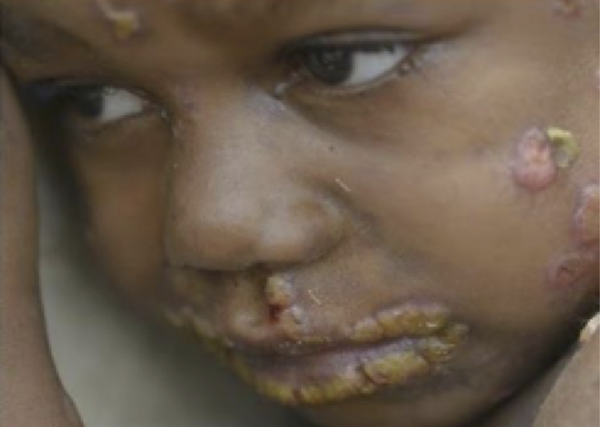
Yaws
A bacterial infection that affects the skin, bones, and joints, primarily in children in tropical regions. It begins with sores and can lead to painful deformities if untreated. Prevalence: About 120,000 cases occur each year. Treatment: Azithromycin.
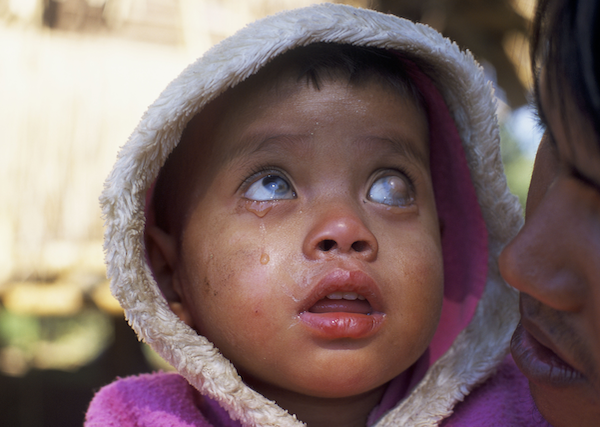
Vitamin A Deficiency
This deficiency can cause night blindness and increase the risk of death from infections like measles and diarrhea in children. It is a leading cause of preventable childhood blindness. Prevalence: Affects 5 to 10 million children annually; 250,000 to 500,000 become blind, and half of these die within a year. Treatment: Vitamin A.
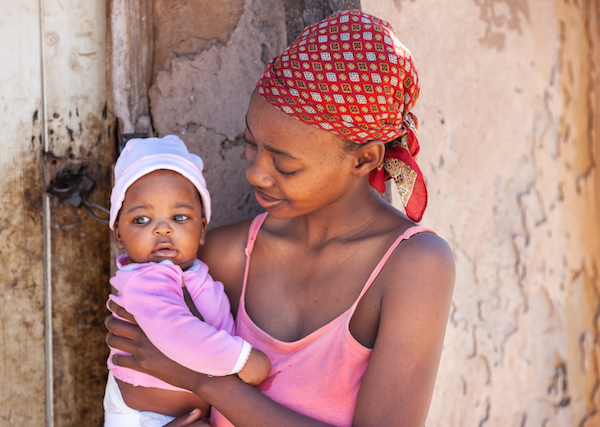
Under-Five Mortality
In low-resource settings, children under five often die from preventable infections like pneumonia and diarrhea. Azithromycin can help reduce these deaths in high-risk areas. Prevalence: Up to 267,000 deaths could be prevented each year in sub-Saharan Africa by giving azithromycin to babies under 5 months. Treatment: Azithromycin.
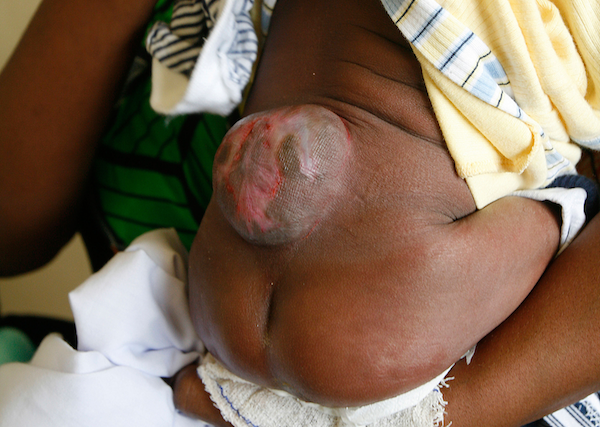
Neural Tube Defects
Birth defects such as spina bifida are linked to poor maternal nutrition during pregnancy. Supplementing key nutrients reduces their occurrence. Prevalence: Up to 6 in 1,000 births have neural tube defects; 300,000 annually. Treatment: Iron, folic acid.
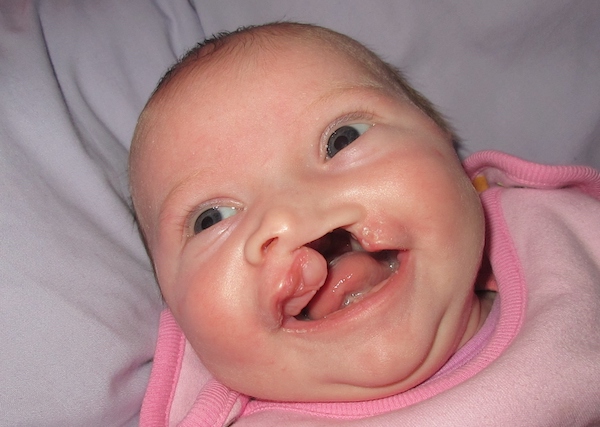
Oral Clefts
Birth defects of cleft palate and cleft lip are linked to poor maternal nutrition during pregnancy and are preventable in up to 30% of cases. Prevalence: There are 350,000 cleft defects each year. Treatment: Iron, folic acid.
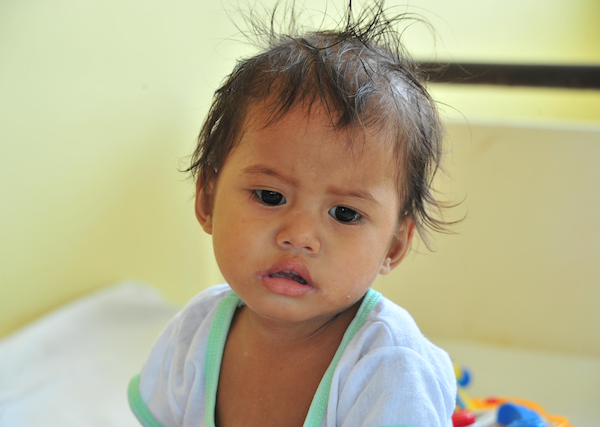
Diarrhea
A leading cause of death in children under five, primarily due to dehydration. It can be treated easily with oral rehydration solution. Prevalence: Causes about 440,000 child deaths per year; the third leading cause of death in children. Treatment: Oral Rehydration Solution.
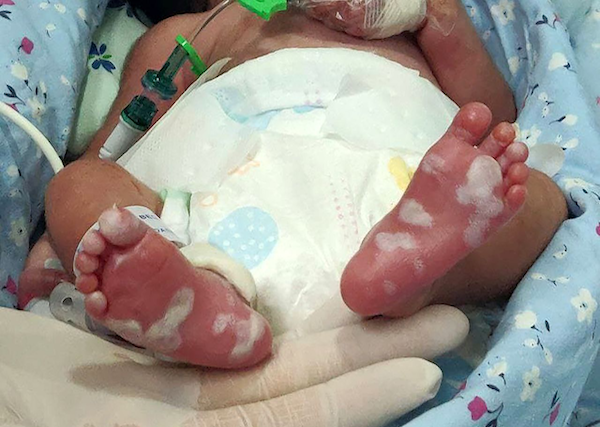
Congenital Syphilis
A preventable condition passed from mother to baby during pregnancy that can cause stillbirth, deformities, or developmental problems. It is treated with a single dose of penicillin. Prevalence: Over 600,000 cases annually, causing 200,000 fetal or neonatal deaths. Treatment: Benzathine Penicillin.
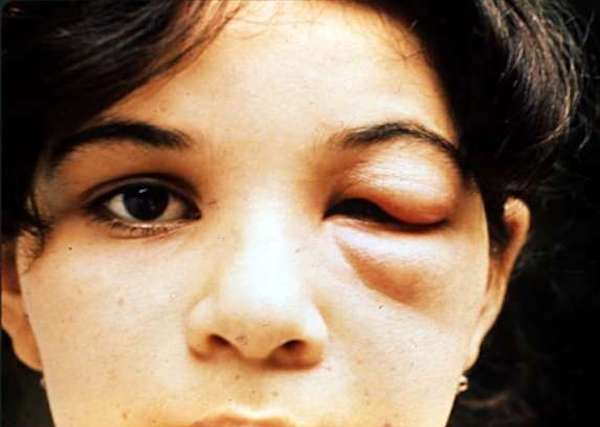
Chagas Disease
A parasitic infection spread by insects that can cause serious heart and digestive problems. It often goes undiagnosed for years. Prevalence: Affects 6 to 7 million people globally, mostly in Latin America. Treatment: Benznidazole.
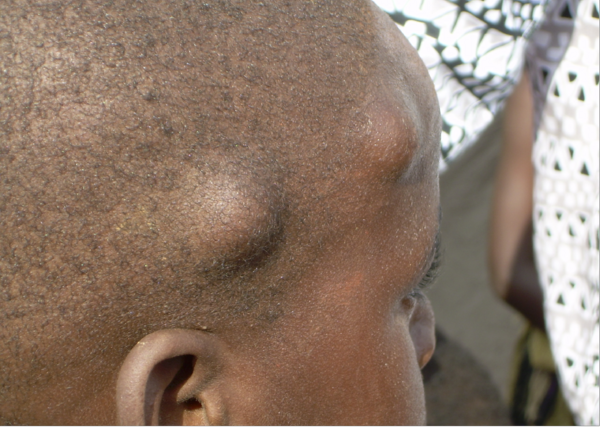
Onchocerciasis
A parasitic disease caused by worms transmitted by blackflies, leading to severe itching and blindness. It affects rural populations in Africa most. Prevalence: Affects 21 million people; second leading infectious cause of blindness. Treatment: Ivermectin.
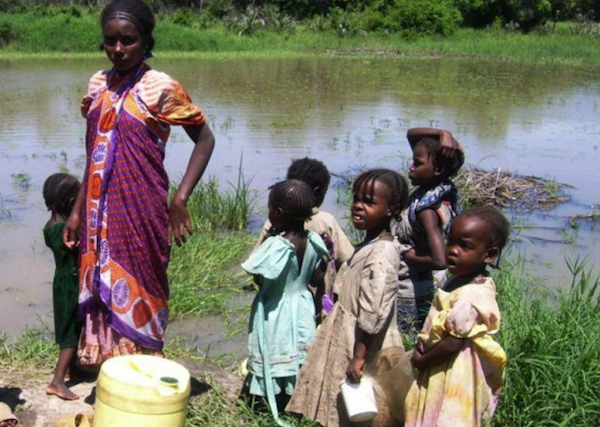
Female Genital Schistosomiasis
A chronic parasitic infection that causes inflammation and lesions in the female reproductive tract. It increases the risk of infertility and HIV infection. Prevalence: Affects at least 40 million girls and women, mostly in sub-Saharan Africa. Treatment: Praziquantel.
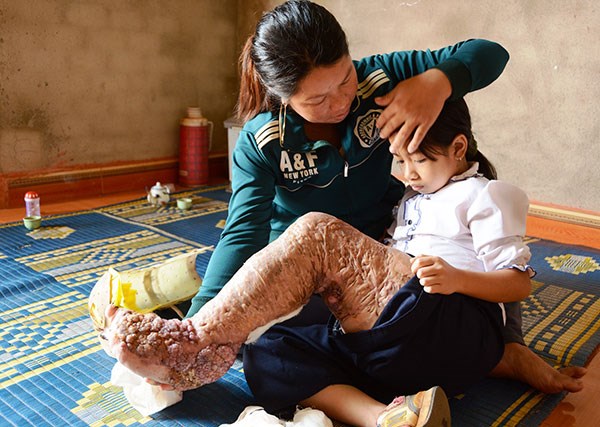
Lymphatic Filariasis
This mosquito-borne parasitic infection causes swelling of the limbs and genitals, known as elephantiasis. It results in long-term disability and stigma. Prevalence: Affects 40 million people globally; 23 million in South Asia. Treatment: Albendazole, ivermectin, and diethylcarbamazine (region-dependent).
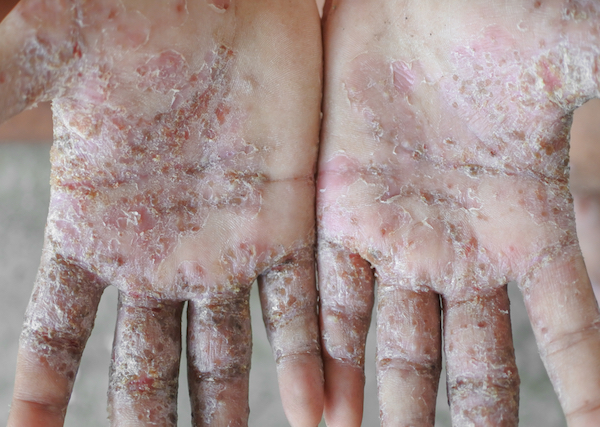
Scabies
A skin condition caused by mites that burrow under the skin, causing severe itching and rash. It spreads quickly in crowded conditions. Prevalence: Affects 200 to 300 million people globally, especially children and the elderly. Treatment: Ivermectin.

Soil-Transmitted Helminths
These intestinal worms—roundworm, whipworm, and hookworm—are transmitted through contaminated soil. They cause anemia, malnutrition, and stunted growth in children. Prevalence: About 250 million children have hookworm infections. Treatment: Albendazole.
There are other diseases with prevalence over 100,000 cases per year, like measles, blood type incompatibility jaundice, leishmaniasis, cryptosporidiosis, malaria, HIV, tuberculosis, leprosy, and trachoma. For reasons why these diseases are excluded from our list, please see our Frequently Asked Questions.
